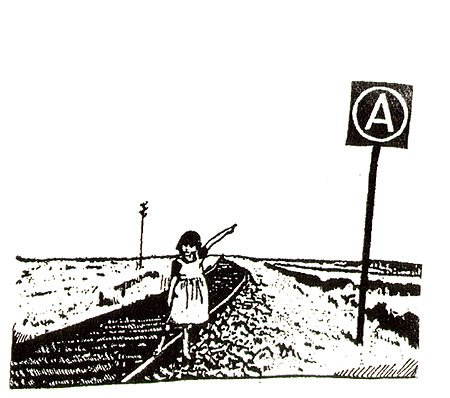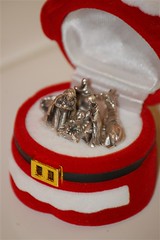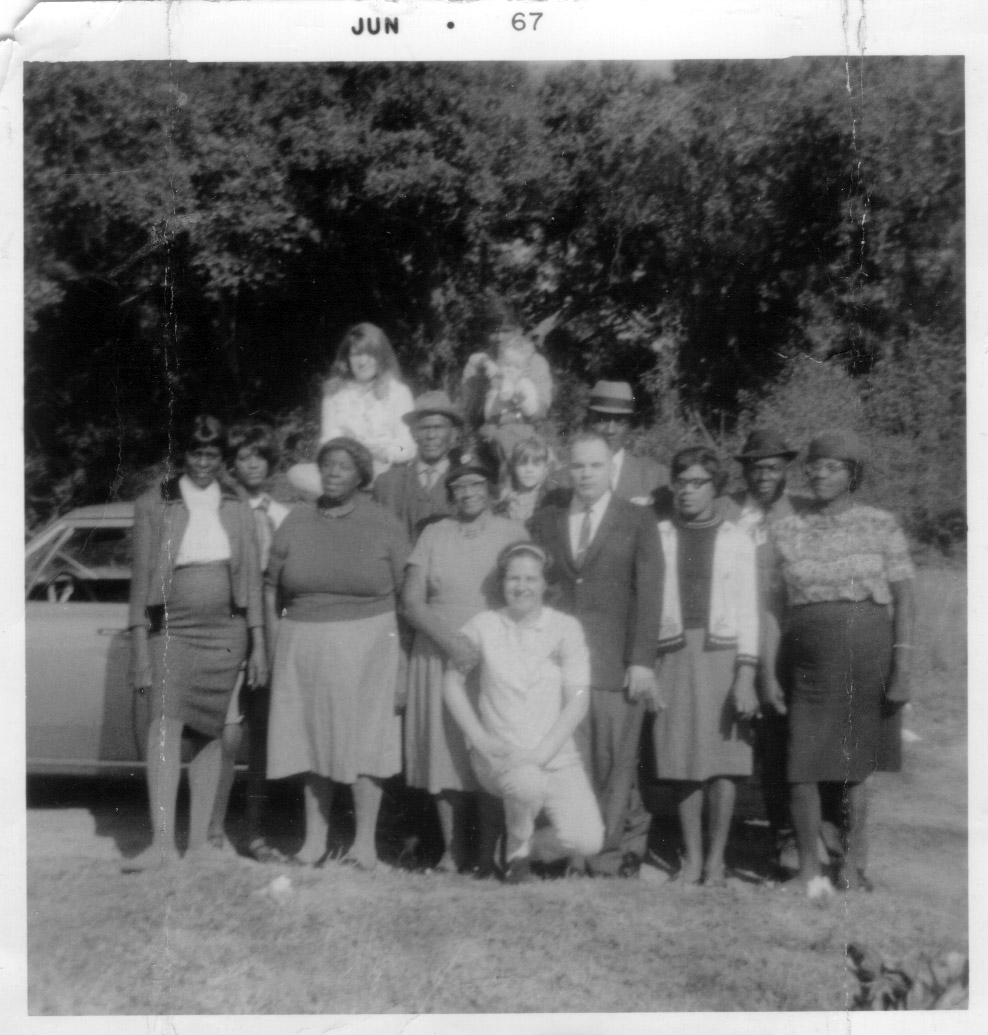Much of my childhood was spent in the towns of Hanford and Tulare, in a region once called the Tulare Basin, not far from the dry bed of Tulare Lake. This name “Tulare Basin” might have had more meaning before Tulare Lake was drained for wheat and cotton, but it’s still got that “basin” feel to it, or perhaps “sink” is a better word, with the way the heavier air settles down into it. It’s more than just the southern end of the San Joaquin Valley.
At about the time I became a teenager, I bicycled from Hanford to the brink of the Sierra Nevada, and watched the ghostly hills emerge one-by-one out of the Valley haze. I remember the sense of wonder in coming so close to something other than table-flat. I remember the soft, round foothills jutting suddenly out of the Valley floor like whales breaking the surface of a sea of orange groves.
There’s a remarkable story behind those whales that I had not heard about until quite recently.
I was taught in college that the earth’s crust is thicker under continents, and thickest under mountain ranges. Think of it as a characteristic of any floating object: the more that you see floating over the surface, the more there is under the surface; only there’s much more under the surface, as with an iceberg.
It turns out that this is not the case with the southern Sierra Nevada. This mountain range is more like a catamaran than a conventional boat. Under the highest portion of the Sierra, the crust is thinner than 30 km, and the crust doesn’t exceed 35 km in thickness under most of the crest of the High Sierra, as well as the Great Western Divide. All this is thinner than the crust is under Fresno.
The Sierra Nevada is hence thought to have lost its root. Layers under the range are thought to have separated, or “delaminated”. If this occurs to an iceberg, one would expect the iceberg to settle down into the water a bit, but that all depends on the relative density of the ice and the water. What happens when a mountain range looses its root? What happens if chunks of crust are dropped into the upper mantle? Some geologists appear to believe that delamination under the Sierra may have created a deep convection cell that led to even more uplift, and possibly an ancient supervolcano. What’s more, that convection cell appears to still be around, and very much alive.
Let’s take a conceptual hike. Start at Long Valley Caldera, where one of the world’s great volcanic events occurred 760,000 years ago. Walk across the Mammoth divide, past Devils Postpile National Monument, and down the San Joaquin River to Fresno. For much of your hike across the western slope of the Sierra, you will be waling over another anomaly: there is no clear boundary between the crust and mantle beneath your feet: you’re crossing the “Moho Hole”. You’re also walking over a gigantic “high-velocity drip” convection cell. In some areas, the convection cell presses up on the crust; in other places, pieces of the crust are dripping down into the mantle.
So what does all this have to do with whales?
Look at those whales east of Visalia, then look at the foothills along other parts of the western Sierra Nevada. The latter emerge gently from the plain, but the former shoot right out of the Valley floor like sinking ships, and that’s just it: they must be sinking, and there’s more than thirsty farms at work here. As they sink, sediments from Sierra streams settle in around them, burying the the foothills themselves. What we see, then, are not foothills but mountains.
The Tulare Basin is more than just a stagnant basin that happens to be adjacent to the Sierra Nevada: it is part of the Sierra, and not just because it sits on the low end of a great granitic incline. Likewise, the southern Sierra Nevada is much more than just a giant slab of granite. When realizations like these dawn upon us, so too are we reminded that science is more than an accumulation of knowledge: it’s a thing of beauty.
Don’t take my word for it, of course. No doubt I’ve read some of the science wrong. Read it for yourself and let me know what you think:
George Zandt, University of Arizona, 2003:
The Southern Sierra Nevada Drip and the Mantle Wind Direction Beneath the Southwestern United States
George Zandt, Hersh Gilbert, Thomas J. Owens, Mihai Ducea, Jason Saleeby & Craig H. Jones, in Nature 432, 2004:
Active foundering of a continental arc root beneath the southern Sierra Nevada in California
Jason Saleeby and Zorka Foster, CalTech, 2004:
Topographic response to mantle lithosphere removal in the southern Sierra Nevada …
Elisabeth Nadin and Jason B. Saleeby, CalTech, 2005:
Recent Motion on the Kern Canyon Fault, Southern Sierra Nevada, California … (link broken)




